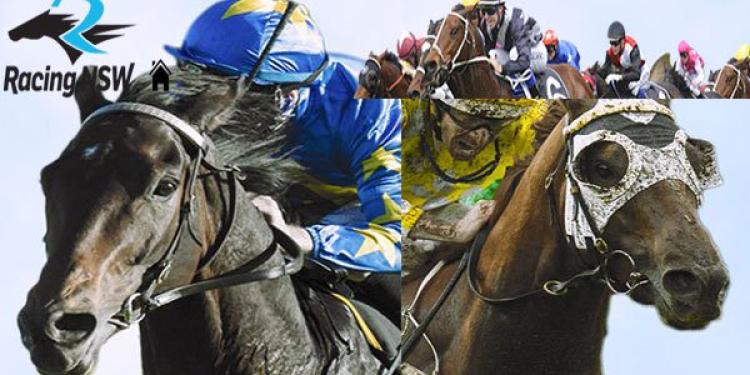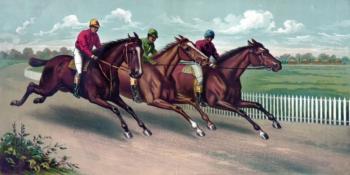Foley Calls For Cut in NSW’s Vastly Inflated Racing Tax
Posted: January 13, 2015
Updated: October 6, 2017

Foley promises to reveal the cost to slash race tax from $3.22 to $1.28, before the March 28 election.
New South Wales, in Australia, may soon pay lower racing taxes as does Victoria and Queensland, if new opposition leader, Luke Foley, gets his way. Foley revealed to the Australian public that if his party was elected he would slash the excessive racing taxes.
Under the current regime in New South Wales, NSW racing pays the highest state tax in the country. While Victoria only imposes a tax of 7.6 % of gross returns, NSW imposes 19.11%. In Queensland only 82c per $100 is required from the racing industry there.
Proposed 60% decrease on racing tax
Mr. Foley plans to lower the tax from $3.22 to $1.28, for every $100 that is wagered in New South Wales. This would lower the racing tax by 60%. This might seem a bit ludicrous in a world where governments depend on gambling to get additional revenues for various expenditures.
• NSW’s totaliser betting at 19.11 %
• Current state tax ‘outdated’ and ‘regressive’
• NSW Championships vs Melbourne’s Spring Carnival
Foley’s party promises though that they know what they are doing. According to Foley, by lowering the tax on wagers by 60%, and in keeping with Australian gambling laws, the plan would actually help in the creation of more jobs and would also help Sydney to become the “racing capital of the southern hemisphere”.
It has been revealed that consolidated revenues would provide $100 million a year needed to fund the policy. However, Foley assured the voters that the tax cut would generate extra revenue, and therefore extra tax for government.
Current system outdated
Some people believe that several state taxes do nothing to encourage people to bet on sports in Australia, and especially, in racing, in NSW. Racing NSW chief, Peter V’landys, said he was pleased with Foley’s proposition as some of the the current state taxes are rather outdated.
He continued, saying that Racing NSW was “delighted the message is getting across that the NSW racing industry is being disadvantaged with an outdated regressive state tax. All studies show the importance of the NSW racing industry and how this tax jeopardizes its viability”.
He said that when compared to the racing industry in NSW, Victoria received $7.90 for every $100 wagered even though Victoria held fewer races. While in New South Wales, the industry received only $4.70. This amounts to about a $100 million in potential revenue being lost.
Racing industry leaders, dejected, are leaving in droves
V’landys further exclaimed that horserace owners were abandoning the industry due to the fact that race taxes were so high in New South Wales. Foley said that if they won the March elections they would implement the tax deduction in racing revenues by January 1, 2016.
This would in turn have a positive impact on the autumn carnival. It has been predicted by Foley’s supporters that the Championship which is held every year in April would “create a much richer event to challenge Melbourne’s spring carnival”, becoming the biggest meeting in Australia.
Foley’s plan a folly
However, not everyone is thrilled with the proposed election promises. Michael Baird, the NSW Premier and Treasurer Andrew Constance said changes could be considered in this year’s June budget.
However, Constance pointed that Mr. Foley never clearly stated where his party would get the money, precisely, to make up for the cuts and that such a move would have to be “within the context of the budget, supported by the proper economic analysis.
Further opposition came from the Rev. Tim Costello, a staunch anti-gambling campaigner. The Reverend warns that a tax cut could only make problem gambling a lot worse. He believes that heavily taxing the racing industry has some benefits: discouraging track betting.
Foley downplays tax proposal criticism
Foley disagreed saying that the racing industry has never ceased to allocate money to many programs, in order to address problem gambling issues.
He stressed on the fact that there were 50,000 people working in this industry in NSW and that he wanted the number of jobs in the racing industry in NSW to rise.












